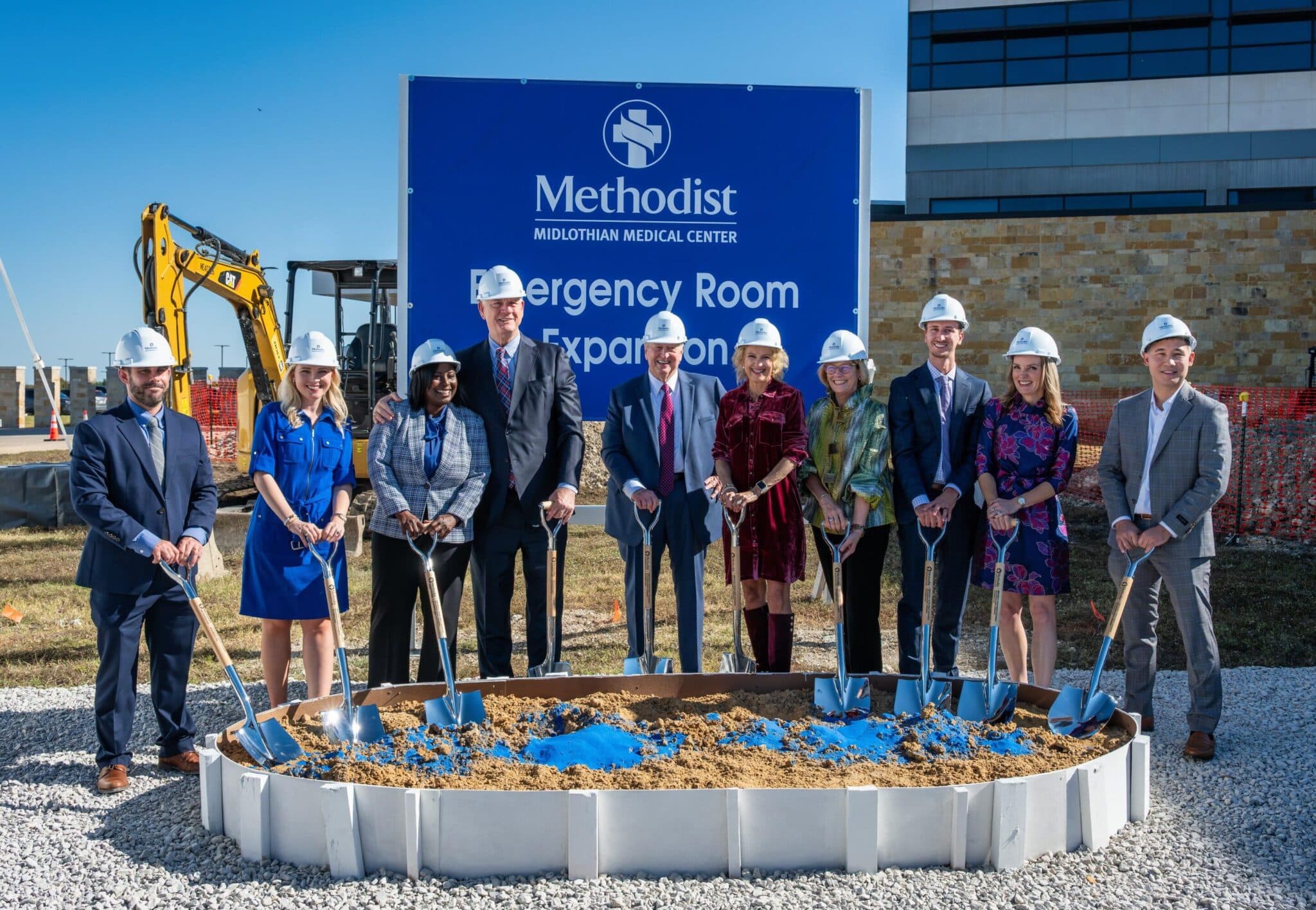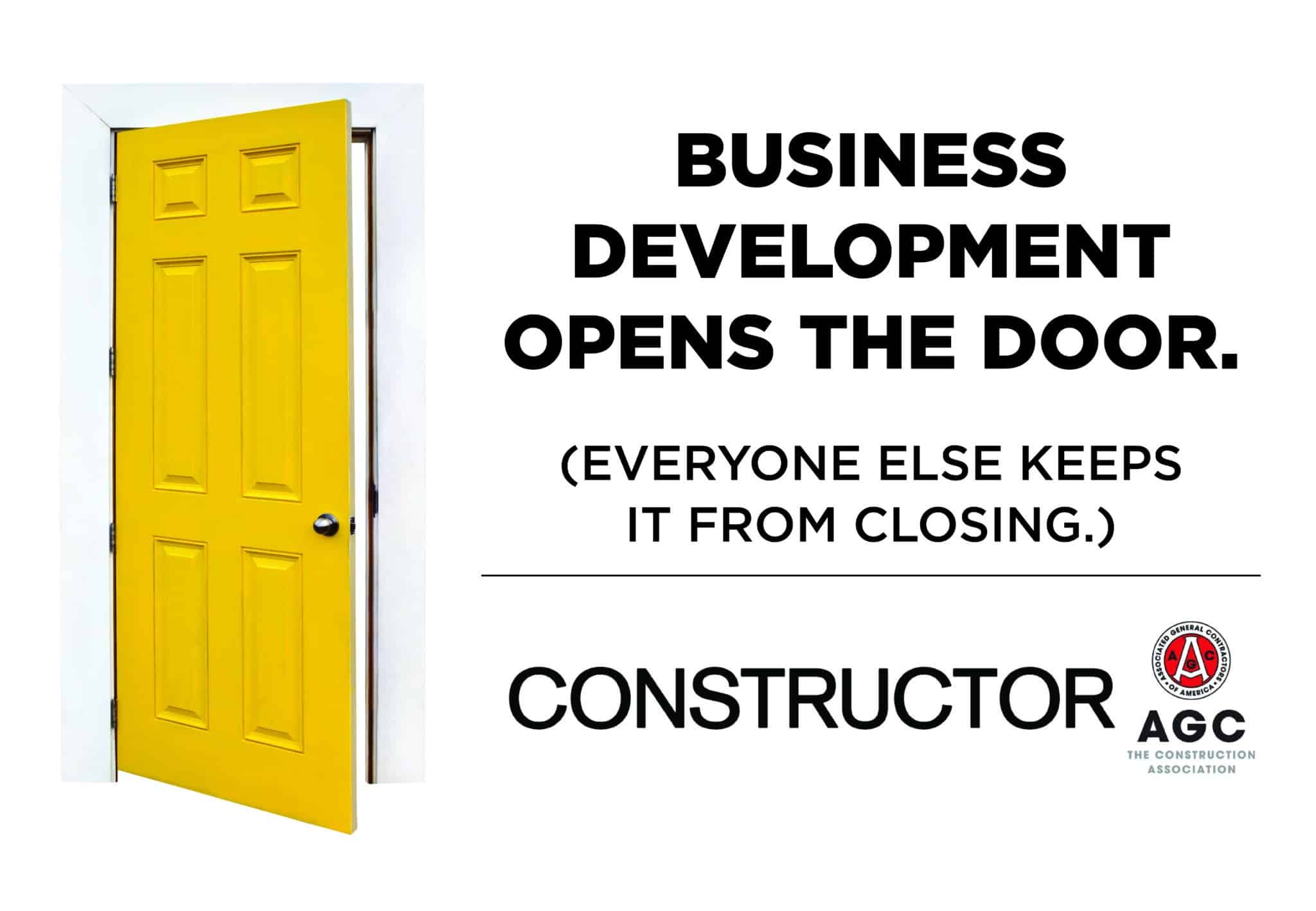The construction industry has the highest suicide rate across all industries. In fact, the suicide rate in construction is about four times greater than the national average, and five times greater than that of all other construction fatalities combined. This sobering information, provided by the Centers for Disease Control & Prevention, is hard to believe.
But why does construction have the highest suicide rate? Going back to the statistics, the American Foundation for Suicide Prevention shares the rate of suicide is highest in middle-aged white men. The Bureau of Labor Statistics reports that 97 percent of the U.S. construction workforce is male, and 57 percent is Caucasian. Also, more than 63 percent of construction workers are between the ages of 35 and 64. But is there something more at play here than demographics? Could our industry’s culture be contributing to this crisis?
I believe that it is. When you think about construction workers in the field, you’re probably not envisioning these as people who easily share their feelings, and there’s a reason for that. The construction industry is traditionally perceived as hypermasculine – tough, manly, competitive. It also consistently ranks at the top of all sectors for heavy alcohol and substance use or abuse. For some, drinking is just part of the culture. I can personally attest to being invited to the bar after a bad day in the field – or a good day, when there’s something to celebrate.
There are also undeniable factors in our industry that can lead to stress, depression, and substance abuse. Long hours are typical. Sleep disruption or deprivation due to shift work (early morning concrete pours, etc.) is common. Being asked to travel can lead to interpersonal stress and loneliness associated with being separated from family, and a sense of isolation from being on the road. Destabilizing events like seasonal layoffs or furloughs, and the constant pressure to make schedule and budget while maintaining high quality can all lead to or exacerbate anxiety or depression. Finally, many workers experience chronic pain due to injury or strain from the hard labor associated with the job.
But even with all these stressors, many construction firms have been slow to engage in conversations with their employees about mental health. Beyond this, the historical stigma associated with mental health struggles likely makes it difficult for many people to feel comfortable with opening up about issues they may be facing, regardless of the industry where they work – but the truth is, they are far from alone. Approximately 970 million people worldwide have a mental health or substance abuse disorder. Anxiety is the most common mental illness in the world, affecting 284 million people, and depression is not far behind, affecting 264 million. There’s no reason for anyone to suffer in silence. So, if you are looking to make a shift on the topic of mental health in your company/office or with your team and want to normalize these discussions to help people to feel safer and better able to ask for support, here are a few things you can do.
For construction employers:
- Get to know your team. It’s more than just asking, “How are things going?” I’m talking about taking a sincere and engaged interest in your employees’ lives and creating an awareness of/empathy for what they may be going through. You can do this by making time for conversation unrelated to work and finding ways that you can help; for example, taking some things off their plate, or pointing them toward resources the company has to offer. Let your people know that you hear them, you care, and you want to help.
- Provide resources. If your company has an EAP, make sure all your staff know it exists, what it can do for them, and how they can access it – and do this often, both as a reminder and to include new staff in receiving the information. Distributing materials such as wallet cards, self-assessment tools, flyers and brochures, books, and videos are great ways to encourage staff to think about their mental health needs and consider treatment options. Also, offering health insurance with no or low out-of-pocket costs for mental health counseling services shows that mental health is a priority. Publicly displaying some of these resources, such as posters with helplines, around the office or jobsite helps keep these topics continually present and readily available.
- Promote awareness. Start your quarterly/annual meetings with a “safety moment” and discuss mental health topics as part of these. Morning huddles, all-hands meetings, lunch and learns, and workshops that discuss topics such as stress, anxiety, depression, and suicide help to foster conversation. Providing training on stress management techniques, a healthy diet, adequate sleep benefits, and exercise may help employees reduce anxiety and stress and improve focus and motivation. Hosting facilitated workshops or presentations for your workplace, such as those offered by various local NAMI chapters, shows your commitment to protecting your staff’s mental health, reduces stigma on related topics, and provides critical information that could make a real difference for some on your team. Doing these regularly, as opposed to once in a blue moon, furthers these efforts.
For office/field workers:
- Involve yourself. Encourage your employer to offer mental health education and programs if they do not already do so – and if they do, then look for ways to get involved and support their efforts by participating. Consider volunteering to create or champion a program. For example, at my firm we have a volunteer group called “Wellness Warriors” who are responsible for bringing a variety of health and wellness opportunities to our staff. We even have a volunteer led COVID-19 committee that meets weekly to discuss all issues related to the pandemic’s impact on employee health. There’s no better time to start than May, which is NAMI’s “Mental Health Awareness Month.” See the list of resources at the end of this article for a link to this initiative.
- Share yourself. If you have a relevant personal experience, sharing it with others can have a powerful impact. We’ve had people in our company, employees and members of the leadership team, who have candidly shared things that they or their family members have faced. Also, when one person feels brave and opens up, it helps others to feel and do the same. It is comforting for us to hear what others have gone through, and to know we are not alone because we work with people who have been there and can understand.
- Have empathy. You never know what is causing someone’s bad day, impatience, or rudeness. We all experience stress both at work and at home for a variety of reasons: social, economic, personal health, family. Staying conscious to and mindful of what others may be going through is essential for empathy, so practice focusing on your connections with people and trying to imagine what another person might be experiencing. What do you think might be causing them stress or anxiety? What could be weighing on them? Then show them patience and kindness – and, if you can, take it a step further and think about what you might be able to do to help. But even if you can’t “do something,” you can always offer grace and provide some room to be human. We all need it.
Resources:
Toolkits for Employers:
- NAMI: Mental Health Awareness Month
- NAMI: Say It Out Loud
- NAMI: Stigma Free Company
- CIASP: Implement a Suicide Prevention Program
- EARN: Mental Health Toolkit
- CPWR: Mental Health & Addiction
- Depression Center: Toolkit
- Mind Share Partners: Toolkits
- MHA: Self-Help Tools
Facilitated Workshops and Presentations:
- LivingWorks: Suicide Prevention Training
- NAMI: Workplace Training
- Work to Wellness: Mental Health Workshop
- MHA: Workshops & Training
Fact Sheets, Brochures, Wallet Cards, and Posters:
- NAMI: Infographics & Fact Sheets
- SAMHSA: Wallet Cards
- EMM: Suicide Prevention Posters
- NIMH: Brochures & Fact Sheets
- SAMHSA: Mental Health Flyer
- ADAA: Brochures
Self-Assessment Tools
- ADM Board: Addiction and Mental Health Self Screening
- Psycom: Tests, Quizzes, Self-Assessments & Screening Tools
- Magellan Healthcare: Mental Health Self-Screening Tools
This article was written for The Zweig Letter; you can read it here: https://thezweigletter.com/mental-health-matters/




